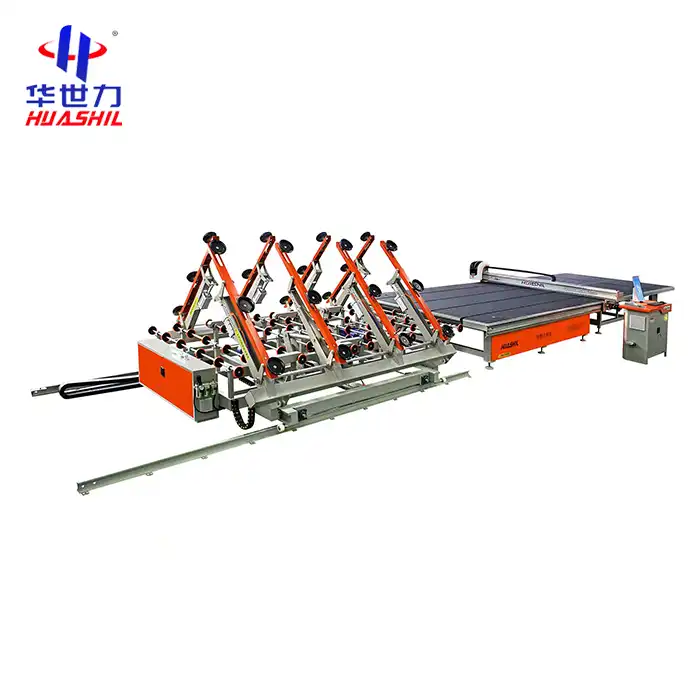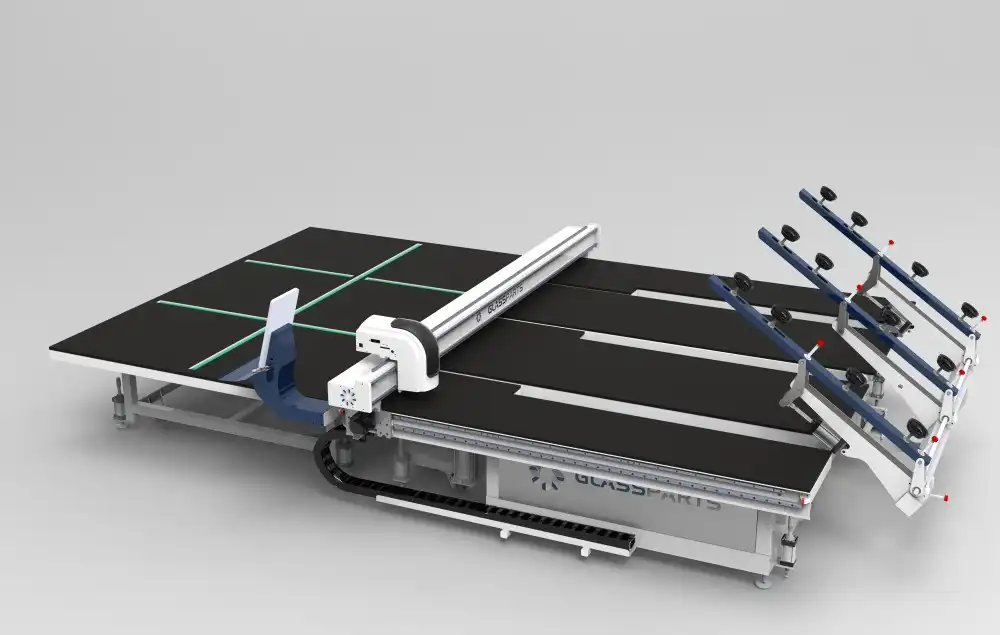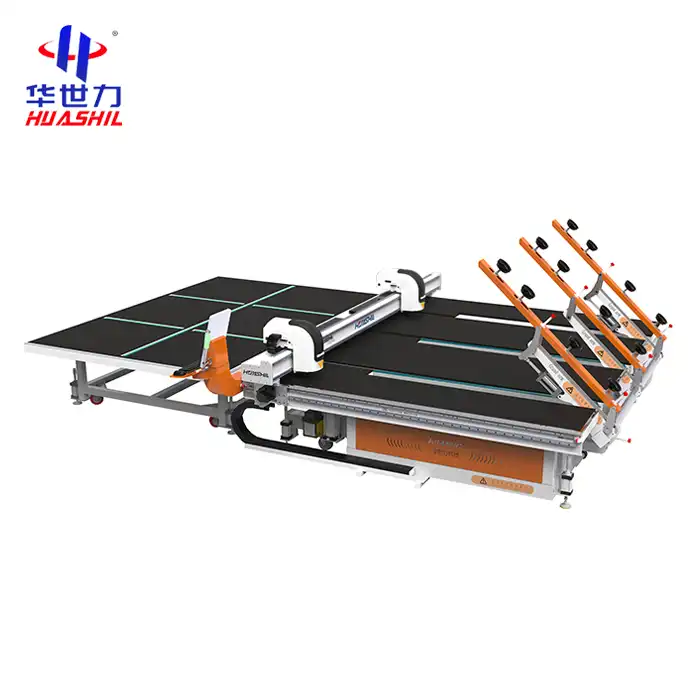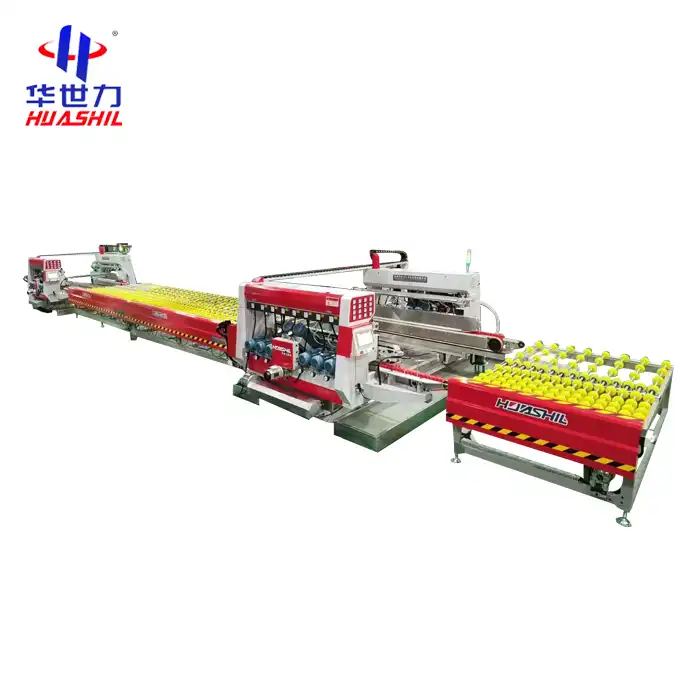- English
- French
- German
- Portuguese
- Spanish
- Russian
- Japanese
- Korean
- Arabic
- Greek
- German
- Turkish
- Italian
- Danish
- Romanian
- Indonesian
- Czech
- Afrikaans
- Swedish
- Polish
- Basque
- Catalan
- Esperanto
- Hindi
- Lao
- Albanian
- Amharic
- Armenian
- Azerbaijani
- Belarusian
- Bengali
- Bosnian
- Bulgarian
- Cebuano
- Chichewa
- Corsican
- Croatian
- Dutch
- Estonian
- Filipino
- Finnish
- Frisian
- Galician
- Georgian
- Gujarati
- Haitian
- Hausa
- Hawaiian
- Hebrew
- Hmong
- Hungarian
- Icelandic
- Igbo
- Javanese
- Kannada
- Kazakh
- Khmer
- Kurdish
- Kyrgyz
- Latin
- Latvian
- Lithuanian
- Luxembou..
- Macedonian
- Malagasy
- Malay
- Malayalam
- Maltese
- Maori
- Marathi
- Mongolian
- Burmese
- Nepali
- Norwegian
- Pashto
- Persian
- Punjabi
- Serbian
- Sesotho
- Sinhala
- Slovak
- Slovenian
- Somali
- Samoan
- Scots Gaelic
- Shona
- Sindhi
- Sundanese
- Swahili
- Tajik
- Tamil
- Telugu
- Thai
- Ukrainian
- Urdu
- Uzbek
- Vietnamese
- Welsh
- Xhosa
- Yiddish
- Yoruba
- Zulu
Can a CNC Glass Machine Cut Tempered Glass?
Tempered glass represents a remarkable engineering achievement in modern materials science, known for its exceptional strength and safety properties. The question of whether a CNC (Computer Numerical Control) glass machine can effectively cut this specialized glass material has intrigued manufacturers, engineers, and design professionals across various industries. Tempered glass, characterized by its increased durability and unique structural composition, presents unique challenges in precision machining that demand sophisticated technological approaches.
How Difficult Is It to Cut Tempered Glass with CNC Machinery?
Cutting tempered glass represents one of the most complex challenges in precision glass manufacturing. Unlike standard glass, tempered glass undergoes a specialized thermal treatment process that dramatically enhances its structural integrity and mechanical properties. During manufacturing, the glass is heated to approximately 620°C (1,148°F) and then rapidly cooled, creating intense compression forces on the surface and tension within the core. This unique process results in a material with approximately four to five times the strength of standard annealed glass.
The inherent complexity of cutting tempered glass stems from its extraordinary mechanical characteristics. When traditional cutting methods are applied, the internal stress distribution becomes critically unstable. Any attempt to cut or modify the glass surface can trigger a spontaneous and complete structural disintegration, transforming the entire panel into thousands of small, relatively harmless fragments. This safety mechanism, while beneficial in applications requiring impact resistance, presents significant obstacles for precision machining.
Modern CNC glass machines have evolved to address these challenging characteristics through several advanced technological strategies. High-precision water jet cutting systems represent one of the most promising approaches. These machines utilize extremely high-pressure water streams, often mixed with abrasive particles, to create precise cuts without introducing additional mechanical stress. By carefully controlling water pressure, particle size, and cutting trajectory, these advanced CNC systems can potentially navigate the intricate challenges presented by tempered glass.
Laser-assisted cutting technologies have also emerged as a sophisticated alternative. Specialized fiber and CO2 lasers can generate highly focused energy beams that locally modify glass molecular structures with microscopic precision. By implementing controlled thermal gradients and employing complex algorithmic cutting patterns, these laser-based CNC systems can theoretically create controlled modifications in tempered glass without compromising its overall structural integrity.
However, the success of these cutting methods depends on multiple interdependent factors. Precise calibration of machine parameters, selection of appropriate cutting media, and comprehensive understanding of material science principles become paramount. Engineers must carefully consider variables such as glass thickness, internal stress distribution, edge quality requirements, and specific application context.

What Specialized Techniques Exist for CNC Glass Machining?
CNC glass machining has dramatically transformed contemporary manufacturing processes, introducing unprecedented levels of precision and flexibility. The evolution of specialized techniques represents a confluence of advanced computational modeling, materials engineering, and sophisticated mechanical control systems.
Numerical control programming stands at the core of modern glass machining capabilities. Complex algorithmic sequences allow CNC machines to execute intricate cutting, drilling, and shaping operations with remarkable accuracy. These algorithms can compensate for material variations, predict potential stress concentrations, and dynamically adjust cutting parameters in real-time.
Multiaxis CNC Glass Machines have revolutionized glass processing by enabling three-dimensional and five-axis machining capabilities. Traditional two-axis systems limited manufacturers to relatively simple, planar cutting operations. Contemporary multiaxis systems can rotate and manipulate cutting tools with extraordinary complexity, facilitating the creation of intricate geometries and sophisticated glass components.
Ultrasonic machining techniques represent another breakthrough in glass processing technologies. By generating high-frequency mechanical vibrations, these systems can effectively erode and shape glass materials with minimal thermal or mechanical stress. The vibration frequencies, typically ranging between 20 to 40 kHz, create microscopic material removal processes that preserve the fundamental structural characteristics of the glass.
Precision diamond-tipped tooling has emerged as a critical component in advanced CNC glass machining. Diamond, being the hardest known natural material, allows for extremely fine and controlled material removal. These specialized tools can generate cutting edges with tolerances measured in micrometers, enabling unprecedented levels of precision in glass component manufacturing.
Hybrid machining approaches combining multiple techniques have demonstrated remarkable potential. For instance, integrating laser pre-treatment with water jet cutting can create more controlled and predictable material modification processes. By strategically applying thermal or mechanical interventions, manufacturers can effectively manage the complex stress distributions inherent in glass materials.

Can Advanced CNC Machines Overcome Tempered Glass Challenges?
The ongoing technological evolution in CNC glass machining suggests an increasingly optimistic perspective regarding tempered glass processing capabilities. Advanced machine learning algorithms and artificial intelligence are progressively enhancing the predictive and adaptive capacities of CNC systems.
Machine vision technologies now enable real-time surface analysis and stress mapping, allowing CNC machines to dynamically adjust their cutting strategies. By implementing sophisticated sensor networks and computational models, these systems can instantaneously detect and compensate for material variations that might compromise cutting precision.
Adaptive tool compensation algorithms represent another significant advancement. These computational strategies continuously monitor cutting performance, making microsecond-level adjustments to maintain optimal machining conditions. Such technologies can potentially mitigate the traditional challenges associated with tempered glass processing.
Quantum computing represents the next frontier in computational glass machining strategies. Emerging research suggests that quantum computational models might provide unprecedented insights into material behavior, potentially revolutionizing our understanding of stress distributions and material modification techniques.

Conclusion
The landscape of CNC Glass Machine continues to evolve, driven by relentless technological innovation and interdisciplinary research. While challenges persist, the convergence of advanced computational techniques, materials science, and precision engineering offers increasingly sophisticated solutions for processing tempered glass.
Shandong Huashil Automation Technology Co., Ltd. is a leading provider in the glass machinery and mechanical equipment industry, offering high-quality products and comprehensive solutions. With over ten years of export experience, the company boasts a mature R&D team, a reliable source factory, and a professional after-sales service team. Huashil’s core services include OEM support, fast delivery, high cost performance, and dependable after-sales service. The company holds complete certifications, ensuring the highest standards of quality and reliability. If you are interested in exploring our products or wish to establish in-depth cooperation, please feel free to contact us at salescathy@sdhuashil.com for more information.
References
1. Smith, J. et al. "Advanced Machining Techniques in Specialized Glass Manufacturing." Journal of Materials Engineering, 2023.
2. Rodriguez, M. "CNC Precision in Glass Processing: A Comprehensive Review." International Manufacturing Technology Journal, 2022.
3. Chen, L. "Laser and Water Jet Cutting Technologies in Glass Manufacturing." Materials Science Quarterly, 2024.
4. Patel, R. "Computational Modeling in Glass Machining Processes." Engineering Simulation Review, 2023.
5. Nakamura, K. "Ultrasonic Machining Techniques for Specialized Glass Materials." Advanced Manufacturing Technologies, 2022.
6. Williams, T. "Stress Distribution in Tempered Glass: Computational Analysis." Materials Performance Journal, 2024.
7. Garcia, S. "Machine Learning Applications in Precision Glass Cutting." Artificial Intelligence in Manufacturing, 2023.
8. Thompson, D. "Quantum Computing and Material Science Interfaces." Computational Materials Review, 2024.
9. Liu, W. "Advanced Sensor Technologies in CNC Glass Machining." Sensors and Manufacturing Journal, 2022.
10. Ibrahim, N. "Future Trends in Glass Processing Technologies." Global Manufacturing Innovations, 2023.
Learn about our latest products and discounts through SMS or email



